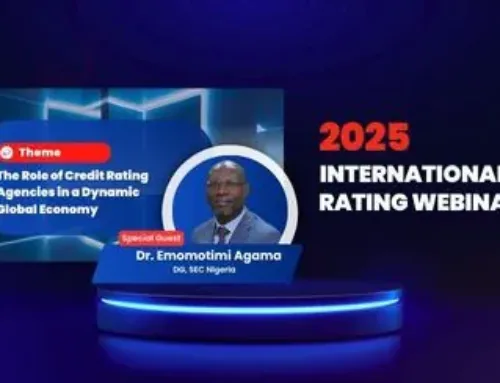2022 began with a largely positive credit momentum, reflecting favorable financing conditions and a powerful economic recovery. However, this could be derailed if persistently high inflation pushes central banks to aggressively tighten monetary policy, triggering significant market volatility and repricing risks. New COVID-19 variants could also undermine confidence and recovery prospects.
Robust economic growth and largely favorable funding conditions point to a steady overall ratings performance in 2022 with fewer downgrades (6% global net negative bias) and low or no default rates. Yet, persistent supply chain disruptions and high input costs could weigh on growth and ratchet up the pressure on so-far resilient corporate margins. Inflationary pressures are clouding the outlook for EMs still battling with the pandemic.
The aftershocks of the COVID-19 pandemic pose significant risks. Persistent inflation, tied to supply chain disruptions and soaring energy prices, could trigger wage inflation and push the CBN to hike interest rates sooner and faster. Consequently, this could generate market volatility, likely amplified by elevated debt levels. New variants could weaken the global economic recovery, as could the nation’s policy and economic developments. Beyond COVID-19, credit markets face significant longer-term uncertainties around energy transition, cyber risk, and evolving financial systems in an increasingly digital economy.
The emergence of the Omicron variant came at a critical juncture, as a reminder of the likely persistent impact of the pandemic and its risk; and, more specifically, its potential to delay assumed recoveries in sectors most vulnerable to containment restrictions. These sectors, notably hotels and leisure, media and entertainment, retail and restaurants, still have substantial proportions of weaker entities that are relatively vulnerable to the economic outlook and broader financing conditions.
Banks
Banks will be able to maintain the improved performance they achieved in 2021. However, different types of risks lurk across regions. Most importantly, 2022 should see acceleration in the regulatory debate on less traditional risk types, including environmental and technology-related risks. The Basel Committee, for instance, recently published a consultation paper on a principles-based approach for the effective management and supervision of climate-related financial risks. It is believed that banks will, next year, accelerate their initiatives to embed these risks into their credit culture, strategy, and risk management.
Speculative-grade defaults are also expected to remain low through 2022, assuming there are no policy surprises or economic setbacks. Abundant and cheap liquidity, increased risk appetite, and investors’ search for yield has led to strong credit demand across the ratings scale, allowing corporates to refinance debt and extend maturities, limiting near-term refinancing risks. Still, defaults could arise from new financing risks, shorter maturities in certain industries, and regions most relying on market liquidity. Bankruptcies could also rise among small and mid-size businesses.
Top Nigerian Risks
Major risks businesses in Nigeria are more likely to face in 2022 include:
- Fiscal & Monetary Policy Risks
- Foreign Exchange Risks
- Cyber Security Risk
- Political Risk
- Regulatory Risks









Leave A Comment